Public Posts Stanwood, WA Stanwood, WA (zoom)
NASA Astronomy Picture of the Day:
The plan was to capture a picturesque part of the sky that was hosting an unusual guest. The result included a bonus — an additional and unexpected guest. The beautiful background features part of the central band of our Milky Way galaxy on the far left, and the colorful clouds of Rho Ophiuchi in the image center. The unusual guest, a dimmed and reddened Moon on the right, was expected because the image was taken during last week’s total lunar eclipse. The timing had to be right because the Moon — both before and after eclipse — would be so bright it would overwhelm the background. The unexpected guest was the bright meteor across the image center. The fleeting meteor streak was captured on only one of the 10 consecutively-captured deep-field images from La Palma in the Spanish Canary Islands, while the eclipsed Moon image was taken immediately afterwards with the same camera and from the same location. The next total lunar eclipse — also quite expected — will occur in early November. Notable Submissions to APOD: Total Lunar Eclipse of 2022 May
Photo by Andrei Ionut Dascalu
NASA Astronomy Picture of the Day:
This picture of Andromeda shows not only where stars are now, but where stars will soon be. Of course, the big, beautiful Andromeda Galaxy, M31, is a spiral galaxy -- and a mere 2.5 million light-years away. Both space-based and ground-based observatories have been here combined to produce this intriguing composite image of Andromeda, at wavelengths both inside and outside normally visible light. The visible light shows where M31's stars are now -- as highlighted in white and blue hues and imaged by the Hubble, Subaru, and Mayall telescopes. The infrared light shows where M31's future stars will soon form -- as highlighted in orange hues and imaged by NASA's Spitzer Space Telescope. The infrared light tracks enormous lanes of dust, warmed by stars, sweeping along Andromeda's spiral arms. This dust is a tracer of the galaxy's vast interstellar gas -- the raw material for future star formation. These new stars will likely form over the next hundred million years, surely well before Andromeda merges with our Milky Way Galaxy in about 5 billion years.
Charlie Chaplin (1889-1977) - Sir Charles Spencer Chaplin Jr. was an English comic actor, filmmaker, and composer who rose to fame in the era of silent film and became a worldwide icon through his screen persona, the Tramp..,. Read more
Forlorn the wind
In dead of night,
Moving the mind
Changing the plight
Of others who
Worry. Wrong or right.
Is it even a word,
Inanity?
Meaning of questions
About where thy
Must be.
Believing you are
What you see on TV.
Question after question
Until you can't see
Suffocation is first
Then it is insanity.
Forth came the wind,
forced through the light,
anguishing those souls,
afraid of the night.
NASA Astronomy Picture of the Day:
Tsunamis this large don't happen on Earth. During 2006, a large solar flare from an Earth-sized sunspot produced a tsunami-type shock wave that was spectacular even for the Sun. Pictured here, the tsunami wave was captured moving out from active region AR 10930 by the Optical Solar Patrol Network (OSPAN) telescope in New Mexico, USA. The resulting shock wave, known technically as a Moreton wave, compressed and heated up gasses including hydrogen in the photosphere of the Sun, causing a momentarily brighter glow. The featured image was taken in a very specific red color emitted exclusively by hydrogen gas. The rampaging tsunami took out some active filaments on the Sun, although many re-established themselves later. The solar tsunami spread at nearly one million kilometers per hour, and circled the entire Sun in a matter of minutes.
Some years ago I had a new neighbor and her husband buy the old schoolhouse next to the fire station up the road. Cute place, nicely restored by a glass artist friend who wanted to move to Portland to seek fame and fortune in the big city. Not that we’re the official Welcome Wagon of the South End, but we invited our newcomers over for dinner, got to know them over the following year and were surprised when we saw the For Sale sign on the front yard and their furniture gone. They had had grand plans for establishing a Tea Shop for her and a furniture shop for him on the island.
Okay, people come and go on the turbulent South End, for various reasons ranging from lack of health care in their proximity to the long and dreary winters. The grass is definitely greener here but folks get tired of mowing it. I get that. But what I didn’t get was these new found friends picking up and leaving without a fare thee well or a wave goodbye. Kind of makes a guy like me wonder if my judgement of folks is a waffle or two shy of breakfast.
Jump forward a couple of years and we’re on Orcas Island, wandering the tourist town of Eastsound when we pass by a little tea shop called, interestingly enough, Schoohouse Tea, a little too coincidental for my place in the cosmos, so naturally I want to go inside and see who’s behind the register. And yeah, it’s our old neighbor, more than a little embarrassed to be ‘discovered’ but after a few hems and haws and muted apologies over their fast escape velocity from the South End, she tells us the island just wasn’t spiritual enough for her tastes. Orcas, well, they’re basically refugees from the 60’s and she felt a kinship there she never got from us back on Camano, the island without a soul.
All righty, I guess the South End wasn’t her cuppa tea. We said good to see ya, good luck with the shop and your life, we got to catch the ferry back to perdition. Now the story might have ended here … except … a year later who should roll back into our little hellhole, the one without spirituality, but m’lady from the Age of Aquarius, building a house half a mile south of us. And better yet, she’d become a real estate broker!
I don’t pretend to be a guru of South End spirituality but c’mon, selling off our Paradise parcel by parcel, helping to clog our neighborhood with new traffic, cutting down the forest for McMansions, earning a living this way, trust me, that is not on the roadmap to Nirvana. And if we lacked soul before, I doubt selling used cars or real estate is going to bring us any closer to Shangri-La-La land. Money talks, they tell me, but not as loud here on the South End. That, I think, might be the key to our spirituality, what little we still have.
Following a sunny day and thunderous afternoon
NASA Astronomy Picture of the Day:
Very faint planetary nebula Abell 7 is some 1,800 light-years distant, just south of Orion in planet Earth's skies in the constellation Lepus, The Hare. Surrounded by Milky Way stars and near the line-of-sight to distant background galaxies, its generally simple spherical shape, about 8 light-years in diameter, is outlined in this deep telescopic image. Within its confines are beautiful, more complex details enhanced by the use of narrowband filters. Emission from hydrogen is shown in reddish hues with oxygen emission mapped to green and blue colors, giving Abell 7 a natural appearance that would otherwise be much too faint to be appreciated by eye. A planetary nebula represents a very brief final phase in stellar evolution that our own Sun will experience 5 billion years hence, as the nebula's central, once sun-like star shrugs off its outer layers. Abell 7 itself is estimated to be 20,000 years old. Its central star is seen here as a fading white dwarf some 10 billion years old.
Photo by Donald Waid
NASA Astronomy Picture of the Day:
This serene sand and skyscape finds the Dune of Pilat on the coast of France still in Earth's shadow during the early morning hours of May 16. Extending into space, the planet's dark umbral shadow covered the Moon on that date. From that location the total phase of a lunar eclipse had begun before moonset. Still in sunlight though, the International Space Station crossed from the western horizon and Earth's largest artificial moon traced the bright flat arc through the sky over 400 km above. Simply constructed, the well-planned panoramic scene was captured over a 5 minutes in a series of consecutive images.
Photo by Maxime Oudoux








.jpg?fit=crop&w=280&h=280&q=93)




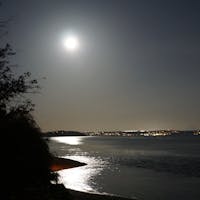
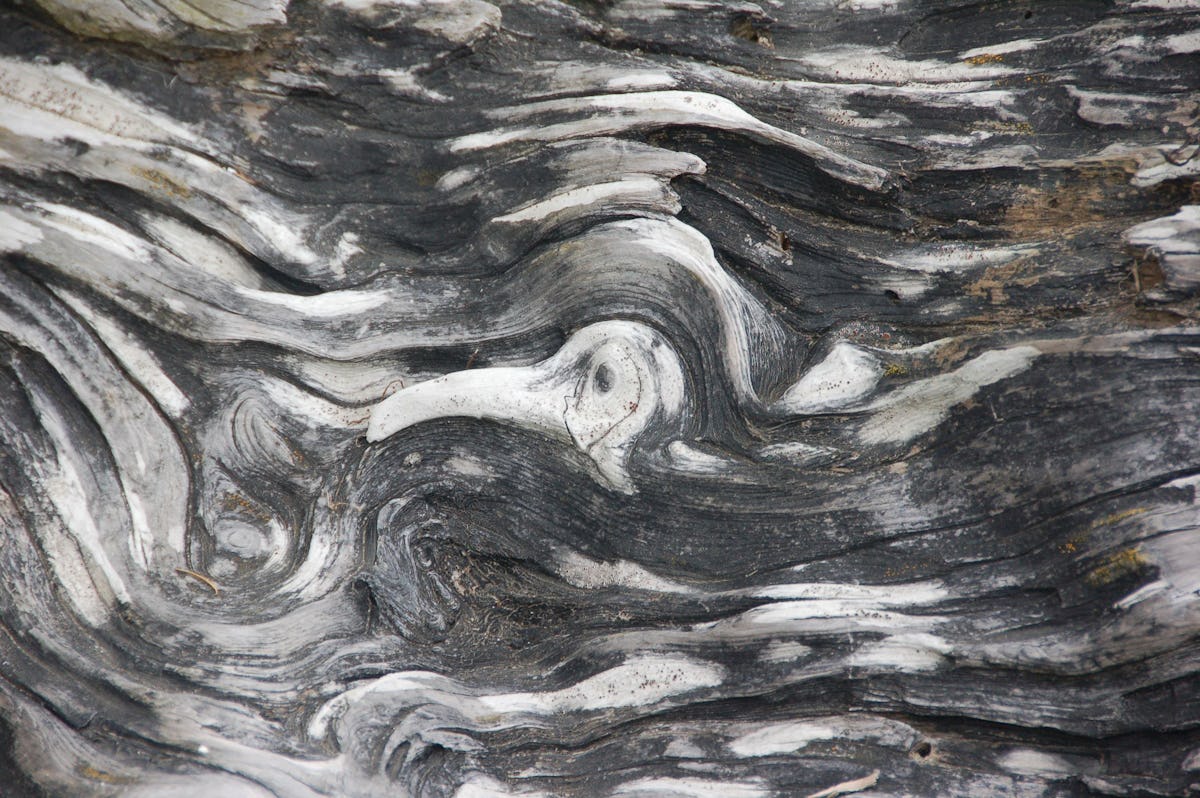

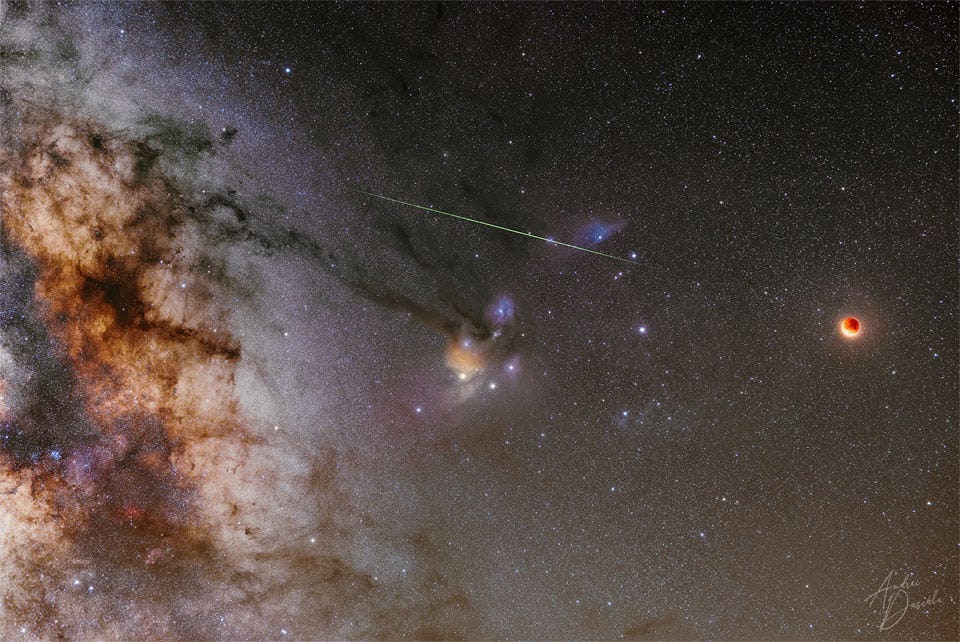
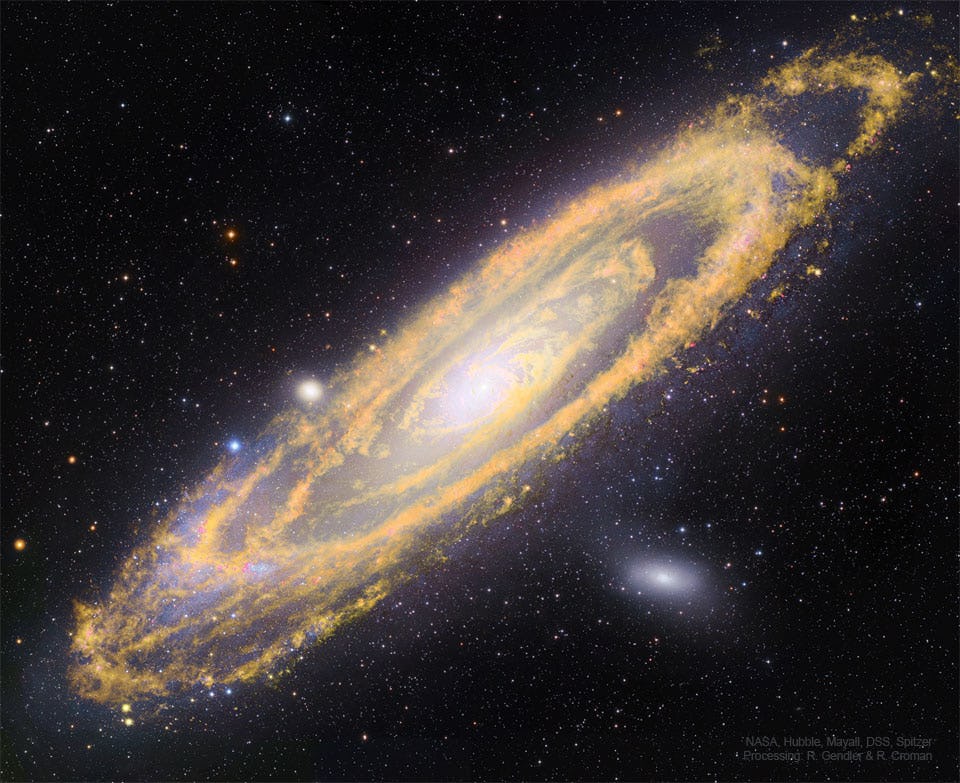







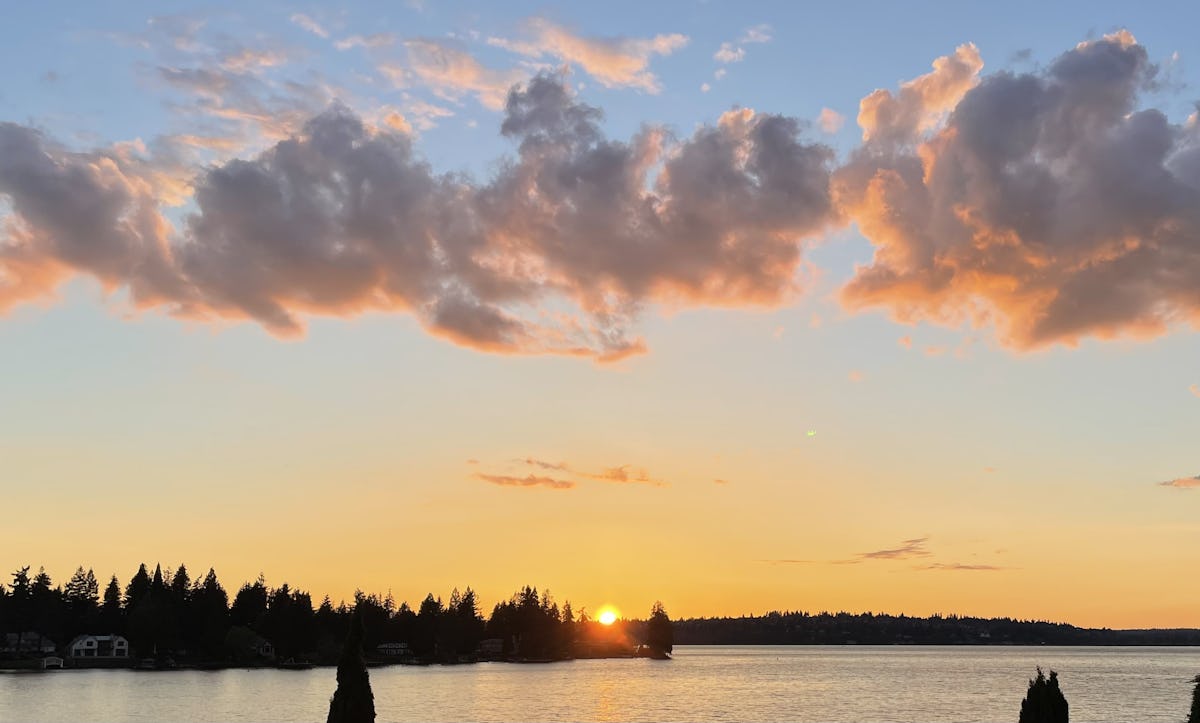
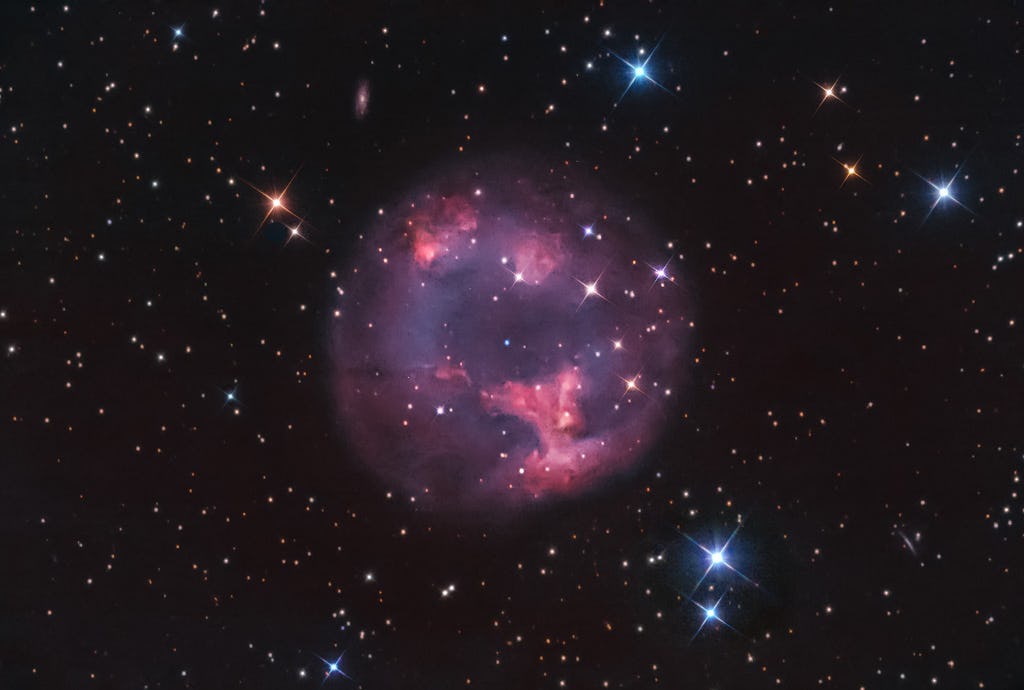
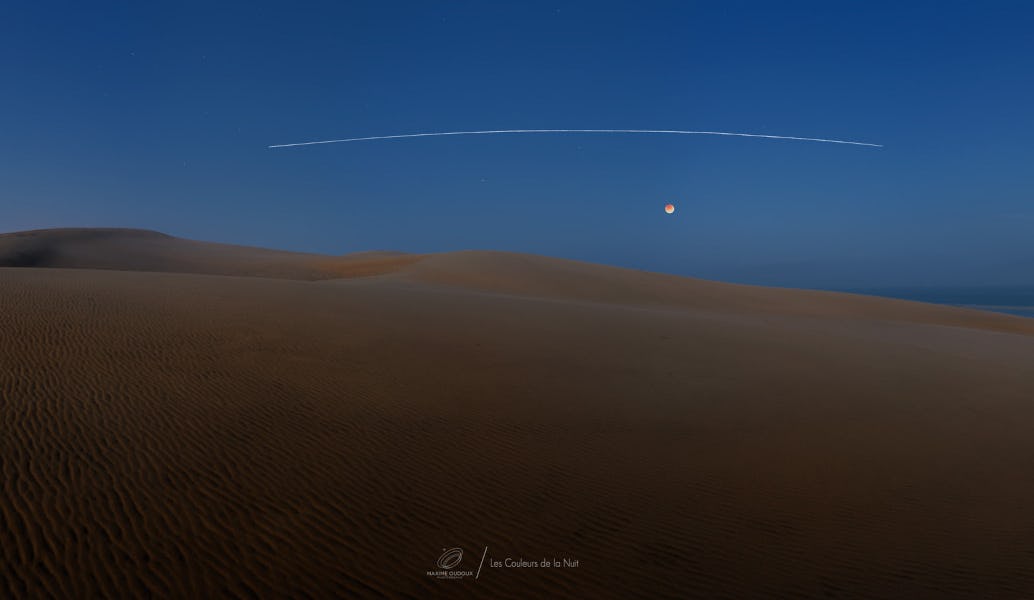


 - Copy.jpg?fit=crop&w=280&h=280&q=93)


R.jpg?auto=format&fit=clip&w=600)





















